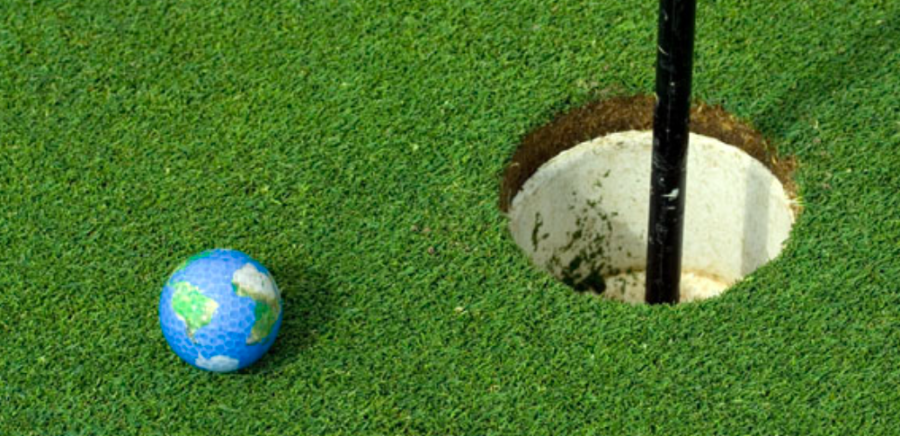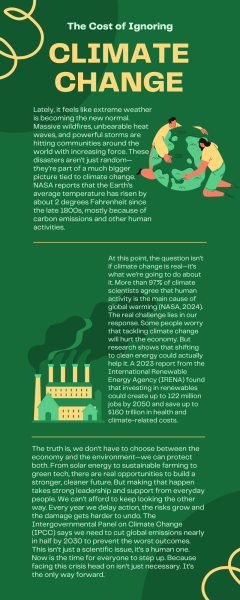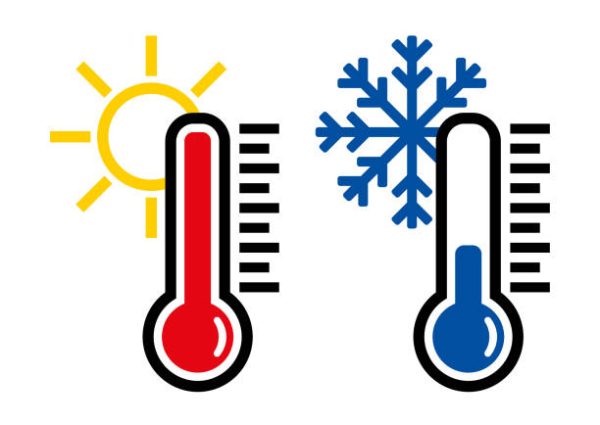Is Golf Doing More Harm Than Good?
There are many sports that are quintessential to American culture; baseball is our pastime, football’s a Thanksgiving tradition, and basketball courts line our streets. Despite all the incredible sports that are a part of our day to day, we continue to allow an exclusive, uninfluential sport to wreak havoc on our environment and our people. As environmental problems continue to rise, much of the blame goes to private industries with unethical practices. One of these industries being golf.
One of the main reasons that golf is bad for the environment is water usage. To run a single, standard 150 acre golf course, takes approximately 200 million gallons of water a year. For comparison, an olympic size swimming pool uses 660,000 gallons of water. While this may not seem important in the US, where golf is one of the most popular sports and water is usually accessible, it is still a major loss. The state of California has been drought ridden since 2011, and government advice to conserve water has been for citizens to stop watering their lawns and take shorter showers, but there has been nearly no impact on the 921 golf courses throughout the state. These businesses combined are using approximately 184 billion gallons of water a year, which could be used to help rehabilitate fluctuating crop levels, provide clean water to impoverished areas, or simply be used by the general public and therefore lower individual water bills by making the resource less scarce. The city of Flint, Michigan, has been in a water crisis for years since pipes were contaminated with lead, but the relatively poor area has been unable to make a full recovery, with many people still suffering the ill effects of lead poisoning or boiling water to cook and drink. However, the 650 golf courses in Michigan were using approximately 130 billion gallons of water each year so that wealthy customers could continue playing a game, while impoverished citizens became ill and died without it. The water used by golf courses can be reallocated to other areas as a way to improve living conditions across the country.
Golf’s also create a “monoculture” in the areas they are built. While this term usually applies to a single crop being grown in a given area, it can also be used to describe the expanse of grass in a golf course, which displaces native plants and animals and disrupts the ecosystem. The displacement or removal of even a single species from an ecosystem can cause severe chain reactions on the food chain, which often result in total ecosystem failure. As previously stated, golf courses usually take up over 150 acres. This is 150 acres of only grass, in which no native plant life is permitted to grow and native animals cannot roam. This forces hundreds of species off their land, hurting their population numbers, forcing them to take resources from other species, and damaging the area’s ecosystem permanently. The creation of the grass monoculture also harms the nutrient content of the soil, making it difficult for any new plant species to grow there after the course closes down.
But golf course lawns do not only impact plants and animals, they put humans at risk too. A study done by the Attorney General’s office on Long Island found that golf courses, on average, use 7 pounds of pesticides per acre per year, while farms in the US use only 1.5 pounds per acre annually. The study found that 4 to 7 times more pesticides were being used on golf course lawns than on food crops. These pesticides have been linked to decreased red blood cell count, liver failures, cataracts, decreased sperm counts, and impaired nervous system function. Even women who did not golf, but lived near a golf course, found that their children were being born with defects or dangerously low birth weights because of their proximity to the golf course chemicals. While it is possible to partake in the sport without using these dangerous chemicals, golf courses have become more focused on maintaining a perfect appearance than protecting their customers’ health.
There is nothing inherently wrong with the game of golf. It is simply another pastime that some people enjoy. However, the golf industry has become increasingly harmful to people and the environment, far more than any other sport. It is time for us to consider reforming golf practices by placing restrictions on the industry’s use of land and creating higher standards for chemical pesticides. Golf is a fine sport and a nice time, but it’s time we ask; is it worth it?












